Especial raw materials for your product

Non-ionic Surfactants
Non-ionic surfactants are used as degreasers in detergents, household cleaners, and dish soaps. It provides excellent solubility and produces a low amount of foam. When mixed with anionic surfactants, nonionic surfactants provide resistance to hard water in textile cleaners. We have a wide variety of non-ionic products with excellent quality.
Anionic Surfactants
Anionic surfactants are currently the types most used, being incorporated in the majority of detergent and cleaning-product formulas in daily use. We have a wide variety of anionic products with excellent quality.
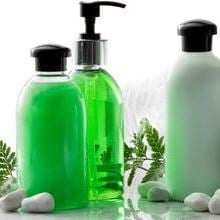
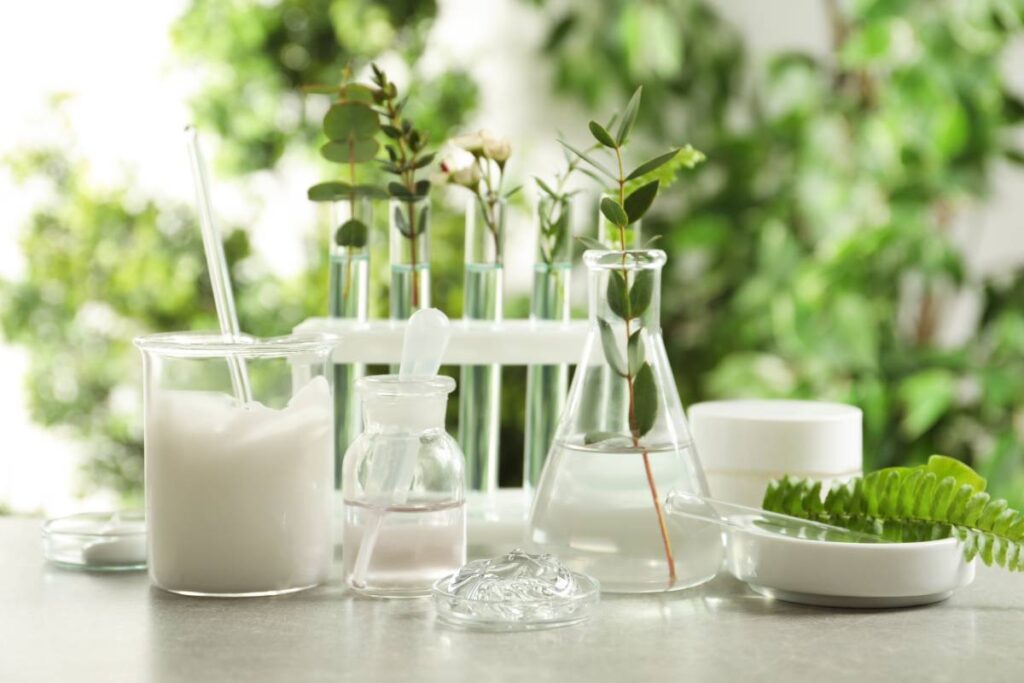
Cationic Surfactants
In detergents, cationic surfactants are used as cleaning enhancers in addition to anionic surfactants. They have excellent fat-dissolving properties. They are used in fabric softeners as anti-static and finishing agents. Some cationic surfactants have biocidal properties and are used in detergents Take a look at our quality surfactants.
Amphoteric Surfactants
Surfactants are used in personal care products (such as shampoos, hair conditioners, liquid soaps, and cleaning lotions) and in all-purpose industrial cleaning agents. We have a wide variety of Amphoteric products with excellent quality.
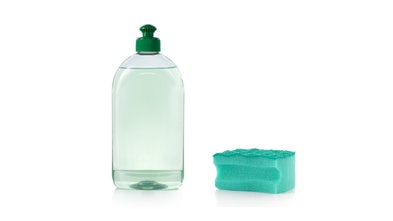
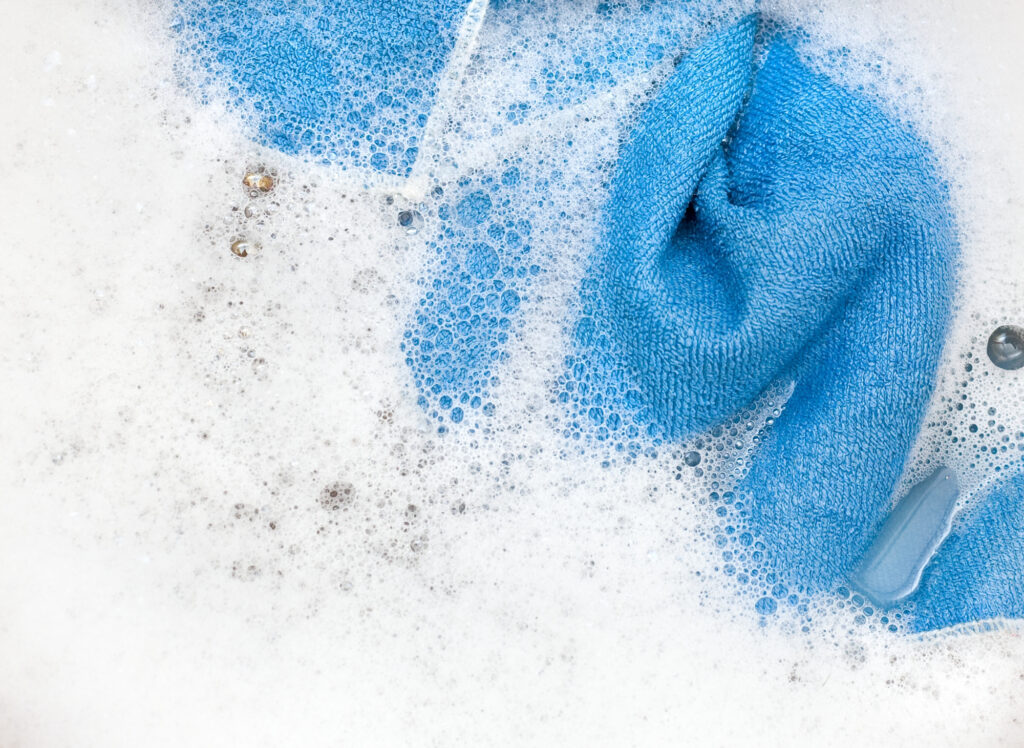
Complexing Agents & Phosphonates
Laundry detergent powders and liquids, as well as all-purpose cleaning solutions, contain complexing agents or building materials. Phosphates, phosphonates, polycarboxylates, and zeolites are common complexing agents. Water hardness is disrupted by complexing agents, which improves cleaning performance. It keeps calcium and magnesium ions in solution and prevents them from interfering with surfactants, as well as preventing re-deposition of soil on washed fabrics or surfaces. In phosphate-free cleaners, zeolite is combined with additional building materials. You can find all this and more in our many specialized products.
Silicone Products
Silicones are polymer compounds that occupy a space between organic and inorganic compounds. The typical characteristic of silicon is the Si-O-Si siloxane bond, which is why the name polysiloxane is frequently used. Silicon can be liquid, viscous, or solid, depending on the chain length, degree of branching, and hydrocarbon groups attached to the silicon. Most silicones are water repellent and acid resistant. Silicones are mostly used as the basis for defoaming agents, die-separating agents, and polishing additives, to name a few of their many uses.
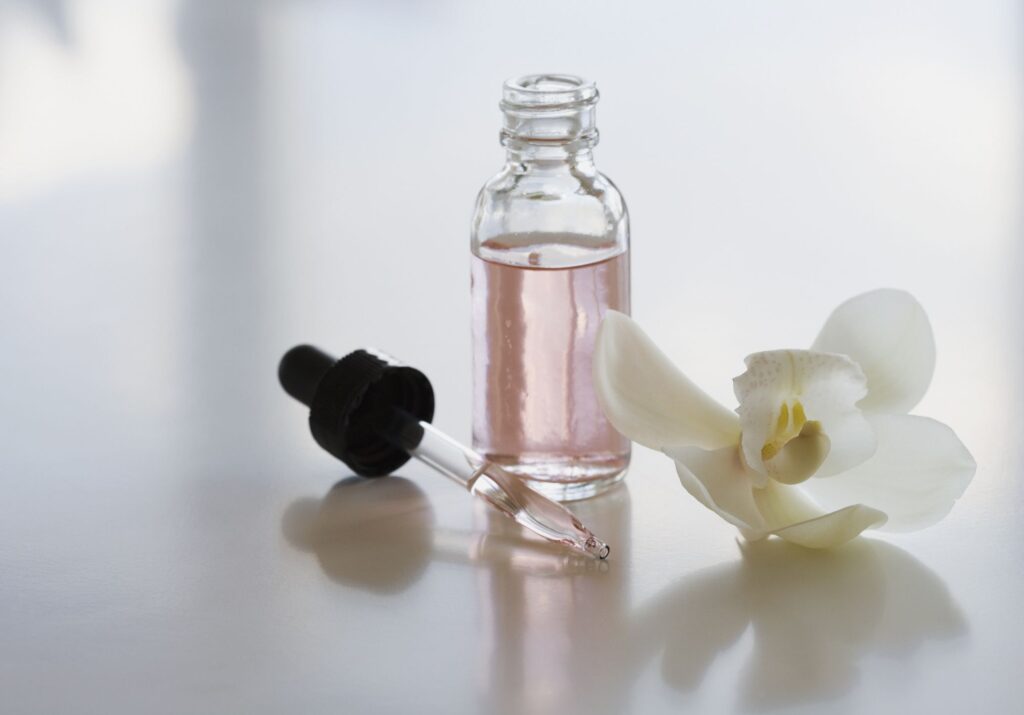
Cosmetics
High specifications for raw materials in cosmeticsSilicone Specialties
Silicones are a classification of chemicals that are synthetically created and derived from silicon (a mineral sand element). Silicones are used across hair care to provide shine and lubrication, and they also provide glide, slip, conditioning, and detangling benefits in products We have a wide range of silicone specialties. Volatile silicone fluids, dimethicone fluids, vinyl modified silicones, gum blends, cross-linked polymers, copolyols and many more belong to our product range.
Active Ingredients
Active ingredients are used in skin care products for several purposes, and we have a wide variety, all of which are based on natural ingredients to suit the multiple consumer goals.
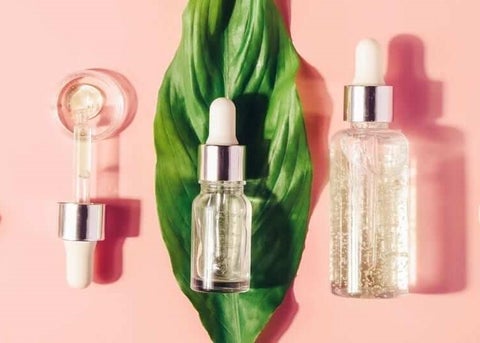
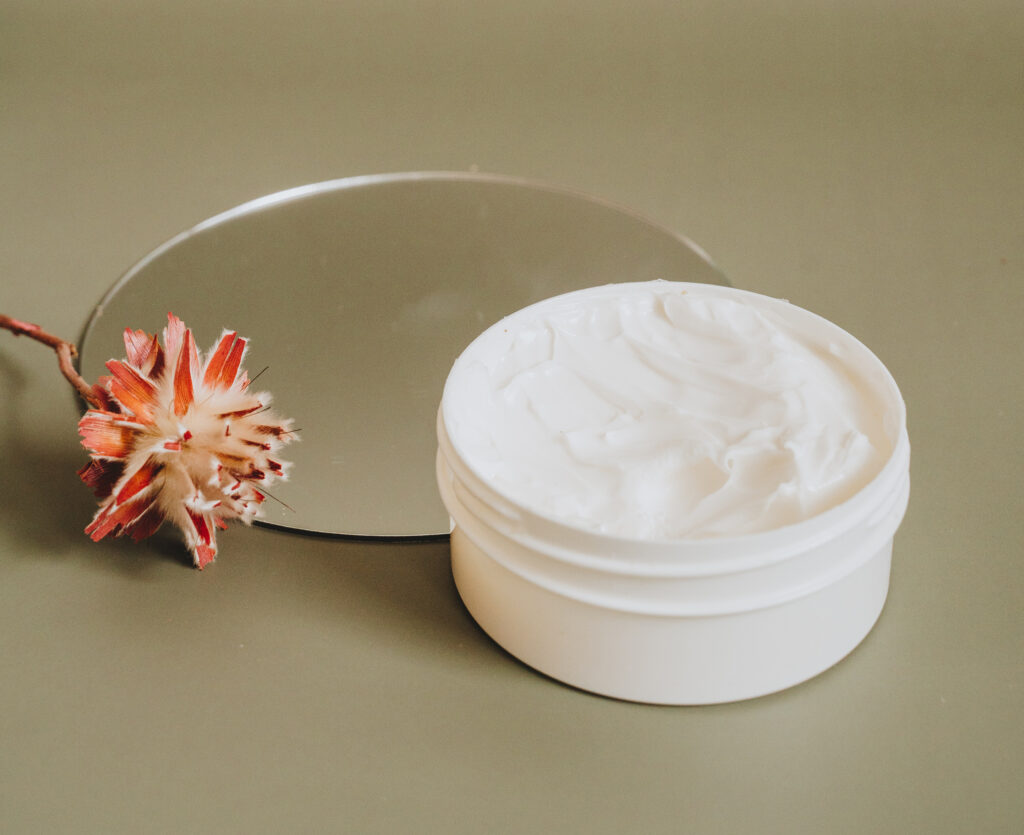
surfactants
In cosmetics, surfactants are used for disinfection, foaming, thickening, emulsification, dissolving, penetration-promoting, antimicrobial, and other special effects. The main property of surfactant molecules that make them useful cosmetic ingredients is that they are compatible with both water and oil.
Emulsifiers & Solubilizes
In the personal care and cosmetic industry, soluble substances help make liquids that are not water soluble.
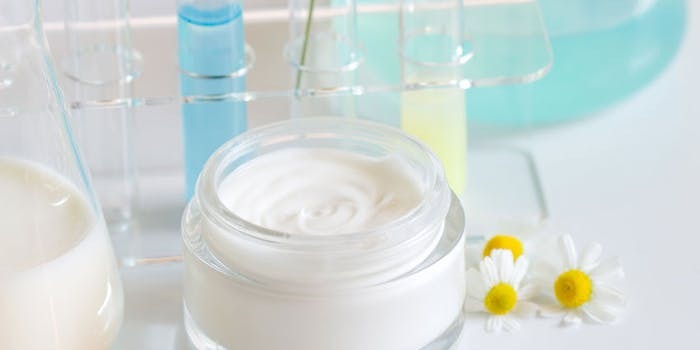
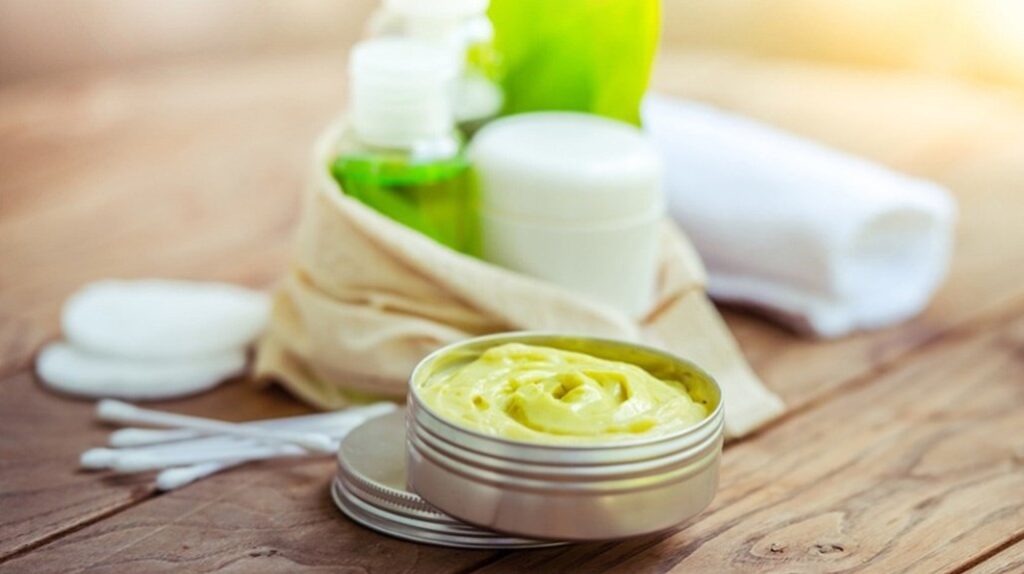
Emollients
Emollients are re-hydrating agents added to cosmetic formulations to provide the skin with the lipids it needs. They increase the moisture content of the skin by reducing evaporation, and provide a soft, smooth and non-greasy feel to the skin, thus, they are often referred to as moisturizers. Choose the right moisturizer for you from our collection.
Dispersing Agents
Dispersants are invaluable personal care ingredients and are widely used in any formulation where solids need to be dispersed. They include antiperspirants, tinted cosmetics, and mineral oxide sunscreen formulations.
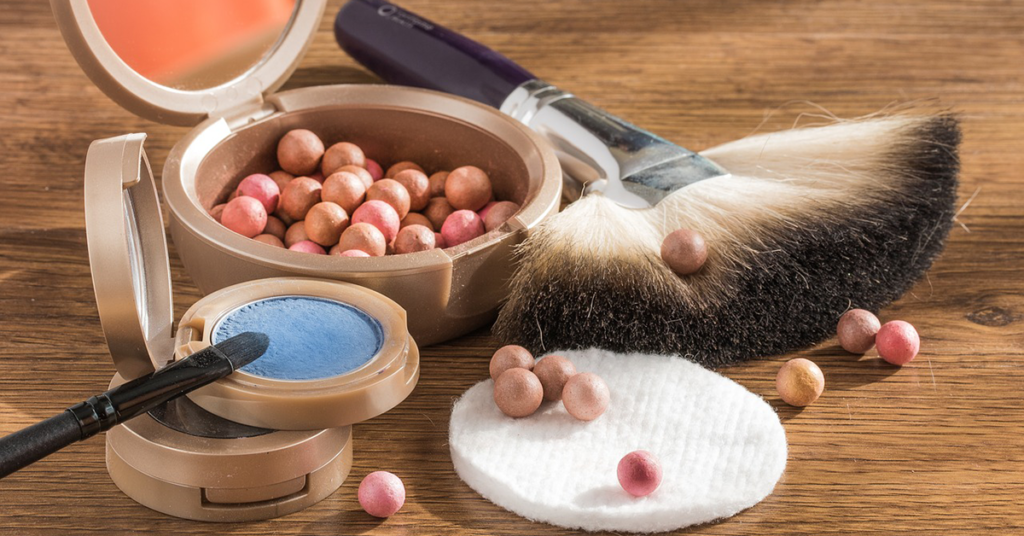
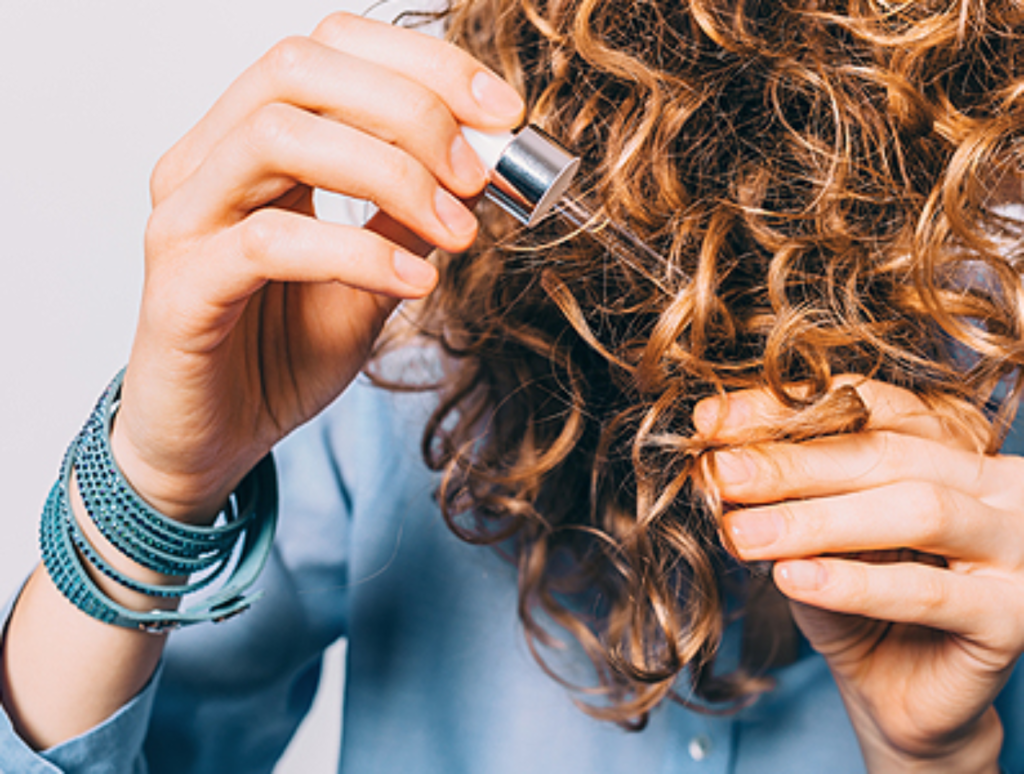
Conditioning agents
The majority of active conditioning agents are cationic surfactants, compatible with anionic surfactants which are the basis of nearly all shampoos.
Complexing agents
Composition factors play a critical role in the stability and efficacy of personal care products.
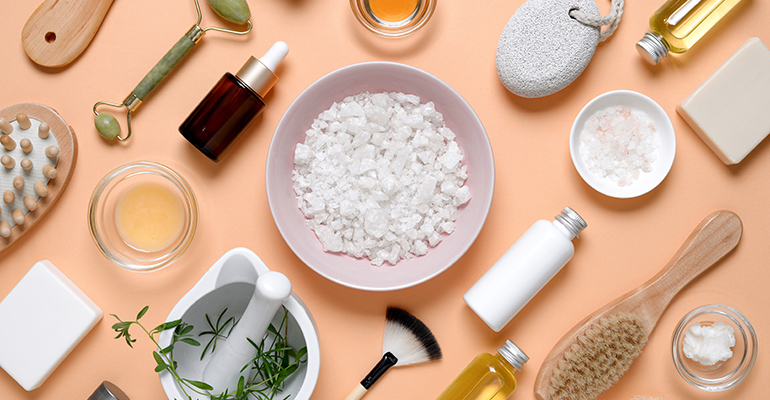
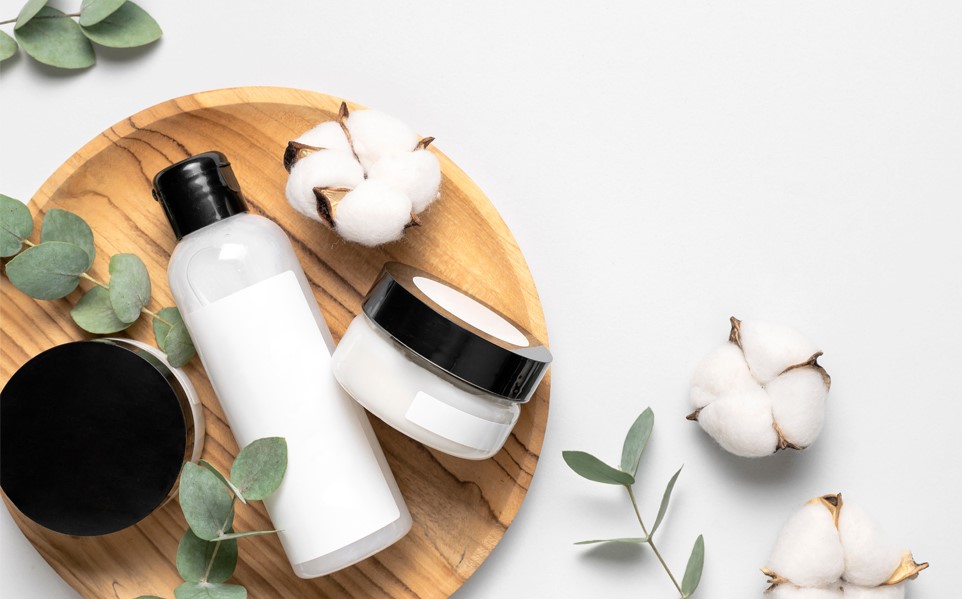
Rheology Modifier
The texture and feel of body care products on the skin and hair is significant to the consumer. Due to the complexity of formulations, rheology modifiers are often in demand to ensure optimal uniformity and finish of the eventual product.


